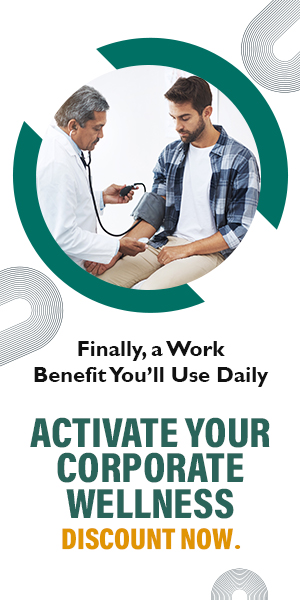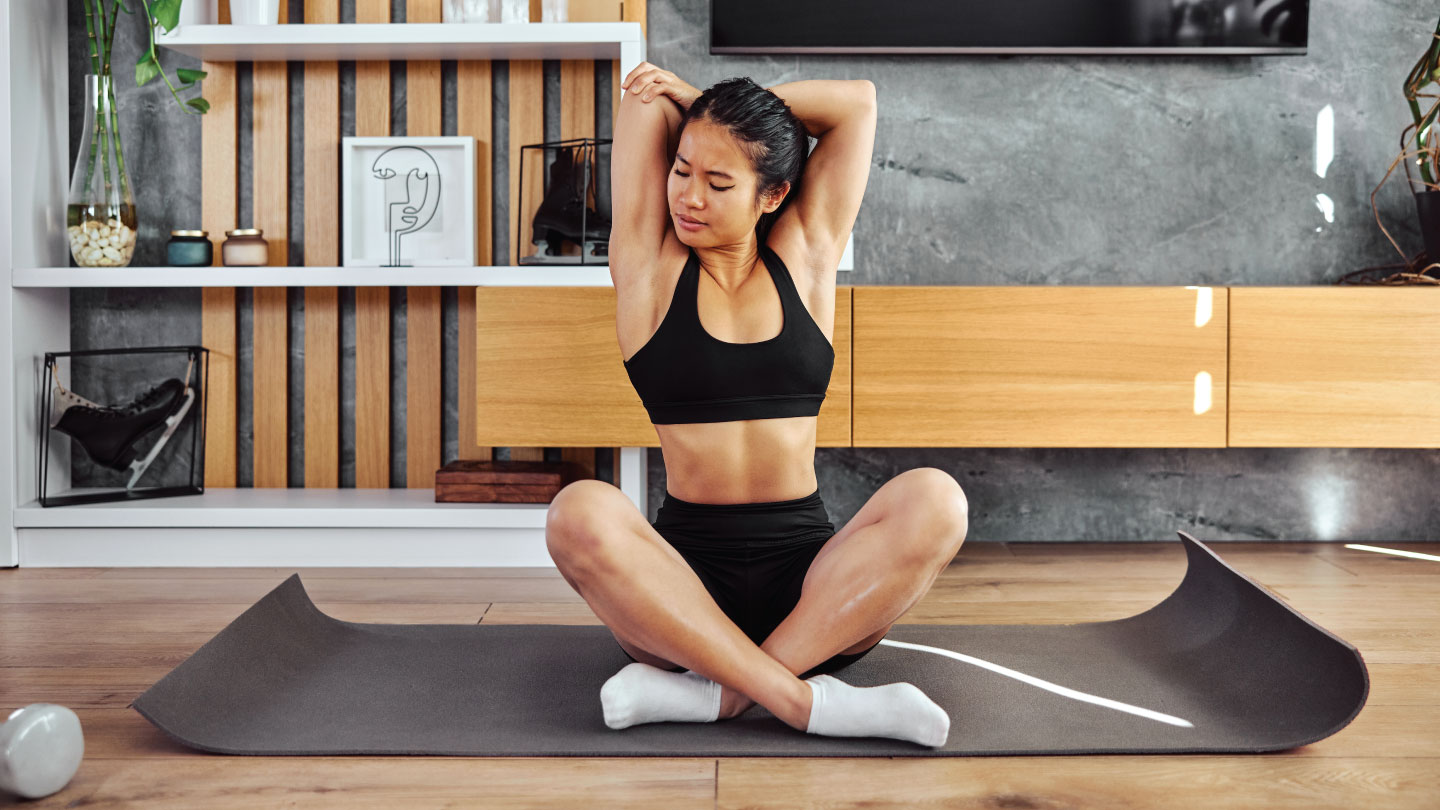Movement
5 Signs That Your Workstation Isn’t Ergonomic
Long-term work at an uncomfortable workstation can trigger pain and discomfort. Read on for common health issues that most desk workers face and ways to take care of your health.

Your regular 9 to 5 job might be causing you more harm than you realise. A 2020 study by BioMed Central (USA) found that, on average, the number of hours spent sitting by employees is roughly 4-5 hours globally. Working from 9 to 5, sitting in a terrible posture for hours with no physical activity, increases your chances of various health problems. This could range from bone to cardiovascular issues.
Long work hours are unavoidable in today's competitive environment. Most of us spend our days at our workstations. Working under pressure and sitting in front of a computer all day takes a toll on the body. This sedentary lifestyle has become a way of life, causing many medical issues.
According to a 2019 study published in the Journal of British Media Public Health, office workers typically sit for most of the workday, which has been linked to physical and mental health problems along with premature death. Keeping an eye on health difficulties caused by continuous desk work will help you be more productive. Here are some typical health issues that may arise because of working long hours at a desk.
Need all your wellness solutions in one place? A whole new world awaits just a click away.
Read here: 7 Moves To Relieve Stiffness From Sitting All Day—Full Body Mobility Routine.
Common Health Issues Desk Workers Suffer
These are some common health issues that people with a desk job suffer from:
Lower back pain
It is one of the most reported problems in India's working population today. The most evident indication is pain. Some early signs include a burning sensation and a dull, persistent discomfort. Understanding what precautions to take can reduce discomfort, pain and the dangers of lower back pain. Begin by assessing the distance between your computer screen and chair. Try to move around and take short walks at regular intervals. Correct your posture, or invest in a back brace to keep your back straight.

Related story: The Many Benefits Of Physiotherapy: Pain Management Guide For Desk Jobs
Carpal Tunnel Syndrome
Carpal tunnel syndrome (CTS) is caused by compression of the median nerve in the hand, which is located near the wrist. Women are more prone to suffer from CTS than men. This not-so-uncommon condition is caused by long periods of typing and mouse use. If left untreated, it can cause pain and numbness in the hand, decreased grip strength, and the inability to grasp objects.
Cervical spondylosis
Decades of sitting for long hours raise the risk of cervical spondylosis, which affects the spine and the neck. Almost two-thirds of people will develop neck pain at some point in their lives because of continuous repeated stress. Spondylosis, often known as cervical disc disease, causes more than just neck pain. It is a degenerative condition that can result in radiating discomfort, numbness, and weakness in the shoulders, arms, and hands.
Work-related tasks that place extra strain on your neck, keeping your neck in an uncomfortable posture for long periods of time or repeating the same neck movements throughout the day, and being overweight and inactive are all examples of lifestyle factors that contribute to the condition. Exercise on a regular basis and maintaining a healthy weight can help.
Related story: 15-Minute Mobility Routine To Relax Stiff Muscles
Deteriorating vision
We spend a lot of time in front of screens these days, whether they be monitors, laptops, or cell phones. This can lead to eye strain. Symptoms include watery, sometimes tired, and dry eyes, impaired vision, and swollen eye glands. If your eyes are strained, use eye drops (after consulting a doctor). Those who wear reading glasses should also purchase an anti-glare pair that is specifically built for the distance they sit from the screen. Attempt to look away from the screen every 30 minutes.
Migraines and headaches
First and foremost, if you have a headache every day, it could be due to many reasons, do consult with your doctor. However, constantly looking at a computer screen might cause headaches and migraines. The strain from gazing at a screen can also affect your vision, resulting in headaches.
The blue light from your screen can also interfere with your ability to sleep at night, and a lack of sleep is a common migraine trigger. Lower the brightness of your screen and the amount of time you spend gazing at it. Some companies now sell migraine glasses with filters, which aid in lowering migraine frequency.
Related story: 5 Desk Exercise Equipment for Working Professionals
Quick Tips to Active At Work
According to a 2022 study by the Journal of Occupational Health Psychology, taking micro or active breaks that are short in duration is crucial for a worker’s well-being and performance. Work breaks can also be classified according to their length, which can range from a few seconds (microbreak) to a few hours (siesta), their focus (e.g., coffee break, lunch break), or their intensity, which can be divided into active (e.g., stretching, walking, yoga) and passive (e.g., napping, relaxation) breaks. Here are a few quick break tips one can accommodate to stay fit during working hours:
1. Take the stairs
Take brief pauses from your work to go for a walk. Walk during your meetings or take regular walks to transit stops to burn more calories. To relax your tight muscles, gradually increase your distances by walking around the office.
Related Story: How to Be More Mindful At Work
2. Try desk stretches
According to a 2014 study by the National Library of Medicine (USA), stretching can improve joint range of motion (flexibility), decrease muscle tension, improve circulation, relieve muscle pain, and prevent injury. Our bodies want a stretch after prolonged periods of sitting or inactivity. This instinct is your body's way of notifying you that stretching is beneficial. Stretching should be part of your everyday routine if you want to live pain-free.
To stay active throughout the day, take a few minutes for some simple, natural stretching. Stretch at your desk or in a private environment, such as a fitness centre, as much as you can. If you take walks, try to stretch before and after so your body feels lighter, more flexible and healthier.
Unlock insider access to the best movement plans for free! Sign up today.
3. Apply the 20-20-20 rule
Excessive screen usage can harm your eyes, causing dryness, headaches, and blurred vision. Blue light from screens has been demonstrated in studies to harm retinal cells. Use the 20-20-20 rule if you have a desk job that requires you to gaze at your screen for too long. It can help alleviate eye strain within an hour.
All you must do is take a 20-minute break and look at an object roughly 20 feet away for at least 20 seconds, allowing your eyes to rest from focusing on a bright screen close to you.
4. Meditate or ‘pause’ consciously
Pause what you are doing for a few minutes and meditate. Feel your muscles relax and connect with your mind as you take deep breaths. Check your mental health by pausing and asking yourself how you feel today. Allow your thoughts to flow and mindfully examine them without criticising them. You can also pay attention to your surroundings and concentrate on how objects appear, textures, or noises you hear. Simply put, get yourself awake.
When your job starts getting too stressful, it is critical to be calm in all situations. Meditate and do breathing exercises such as pranayama. They soothe the nervous system and quiet the brain. Spending time alone with yourself will also allow the mind to relax.
Related Story: Becoming More Conscious and Making Better Decisions
Increasing digitisation has led to many people working a regular desk job, and this can have multifold consequences for their health. The obligation of the leaders, managers, and HR teams to comply with this digital era while taking care of their employees; well-being, regardless of workplace location, is critical. The employer has the same responsibility regarding health and safety whether an employee is seated in an office or at their own study table. Here’s how UR.Life Occupation Health Centres (OHC) can help in the overall well-being of office workers:
Offering 360° Wellness: UR.Life Occupation Health Centers
URLife's 360° wellness approach identifies the factors that will enable you to achieve a stress-free workplace experience, one that caters to a healthy lifestyle by prioritising physical and mental health well-being. At UR.life Corporate Wellness, we help you to invest in your well-being through our seamless intervention of medical programs. We provide doctors on-site and specialists for emergency care. When you visit a UR.Life OHC:
Education on common health issues
With UR.Life OHC Health Talks, routine health check-ups and seminars with employees will never be an issue. UR.Life’s Occupational Health Centers (OHC) are backed by highly qualified experts/technicians, we’re committed to delivering trusted health records always.
We provide: health interventions, health education, audio and video consultations, nutritionist and psychologist-on-call, Apollo 24/7 circle membership, wellness network offerings & discounts. Scheduled web talks and seminars on health and wellness to educate your workforce about common health issues.
Ask for a health risk assessment
Health Risk Assessment offers health risk status for chronic and lifestyle conditions, including health checks for migraines, back pain, diabetes, heart health, obesity, poor sleep, and stress management.
Recommendations are given based on the risk score to control and manage the risks. These recommendations include consultations with medical specialists, expert nutritionists, physical trainers, and mental health coaches who create personalised plans for diet and lifestyle modification.
Related Story: UR.Life OHC Success Story
Personalised stretching plans
When faced with burnout due to desk jobs, our team of highly trained experts are adept at customising personalised training and nutrition plans to help you meet your health goals.
Talk to a mental health expert for stress management
We have a diverse network of qualified therapists and medical experts who are trained to guide you on techniques to manage stress.
Ask for a smoking cessation program
If you are looking to make behavioural changes, you are not alone. Speak to your OHC representative today to learn more about UR.Life’s on-demand substance abuse programs.
Related Story: Workplaces Need UR.Life OHC Substance Abuse Program: Here’s Why
Ask for a personalised nutrition plan
Our holistic wellness approach caters to all aspects of your nutritious well-being. This ensures that you can bring your whole self to work. Our evidence-based approach comes with food regimens, movement programmes, and mental health resources that sets us apart from our competitors.
Our complete well-being packages offer lifestyle solutions, consultations, and other customised services to help your employees live a fit and healthy life. With UR.Life OHC by your side, you will be better armed to tackle health issues.
Need all your wellness solutions in one place? A whole new world awaits just a click away.
EXPLORE MORE
A home-based yoga routine can elevate energy, sharpen focus, and nurture mental calm. Discover why it’s worth starting now.
Your posture is whispering a story about stress, screens, and slouching. Here are 6 exercises you must try!
In a world addicted to speed, Shavasana is proof that true regulation begins when you slow down. Discover how this humble pose is the simplest solution to the chaos within you!
When your thoughts won’t slow down, these yoga poses teach your body to stay present in the moment.








.jpg)
.jpg)
